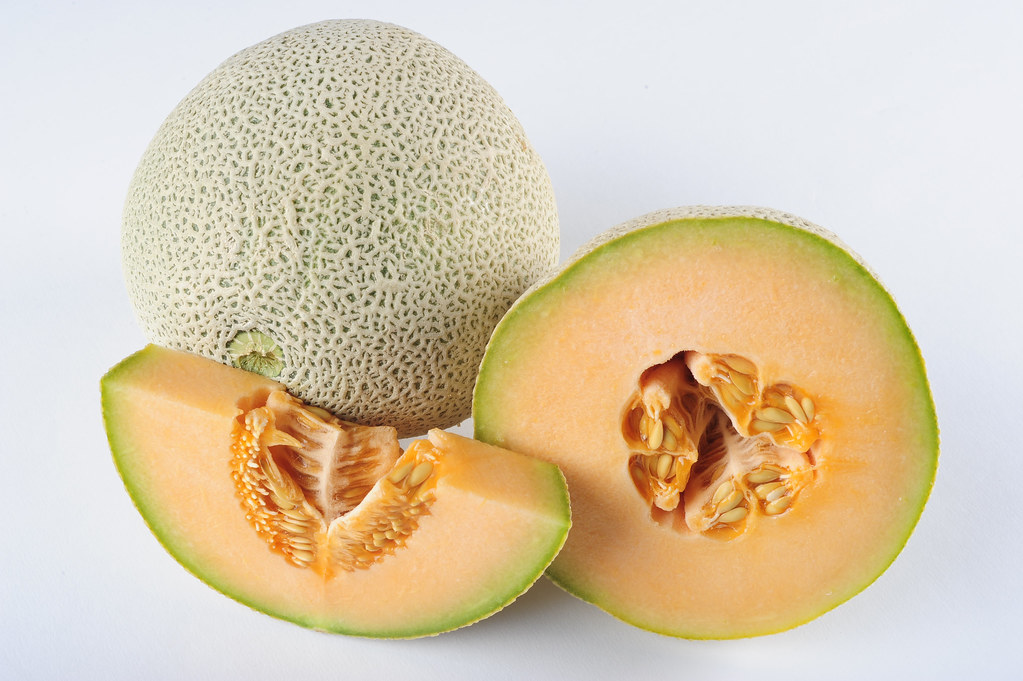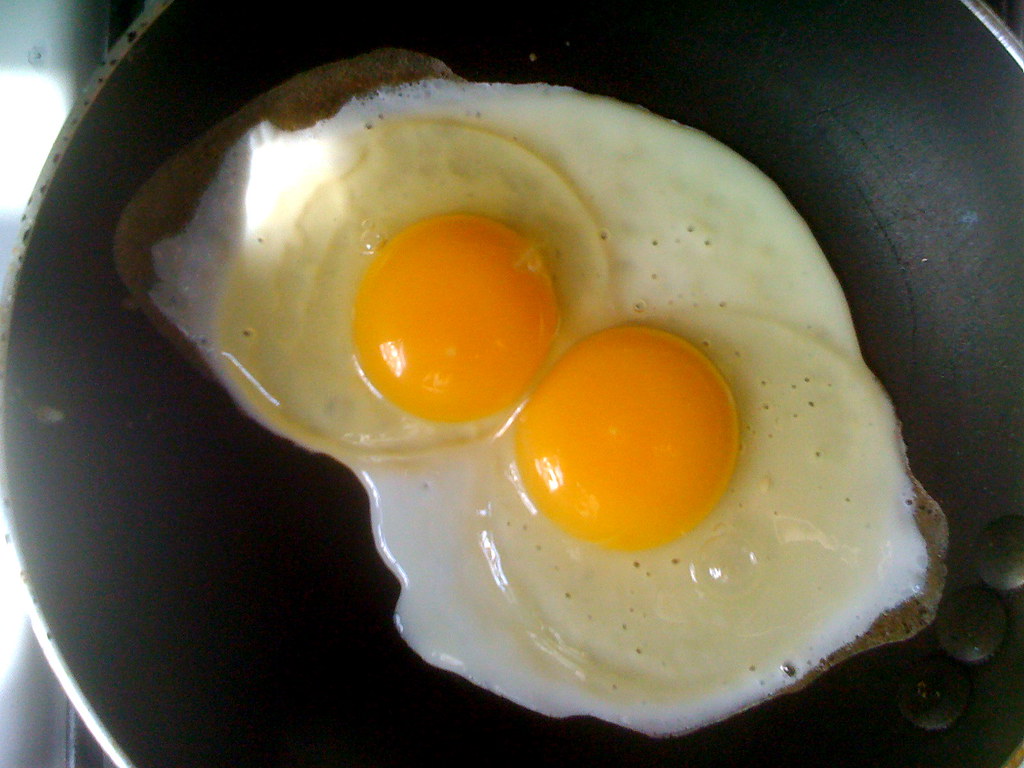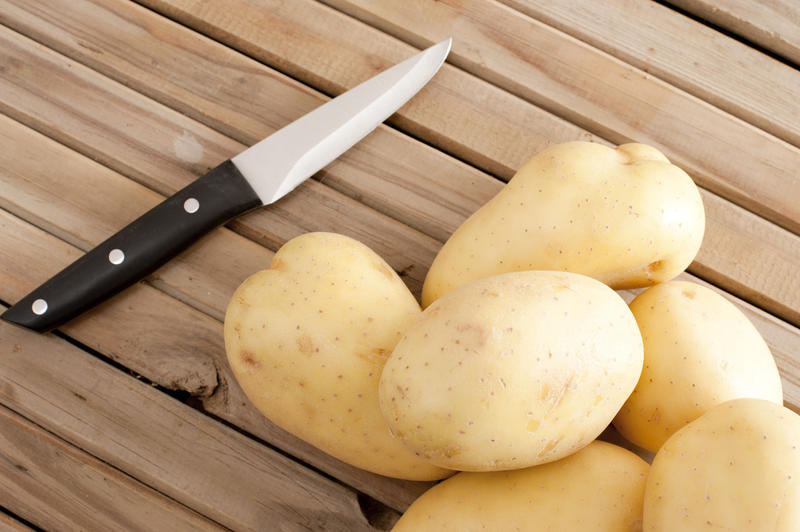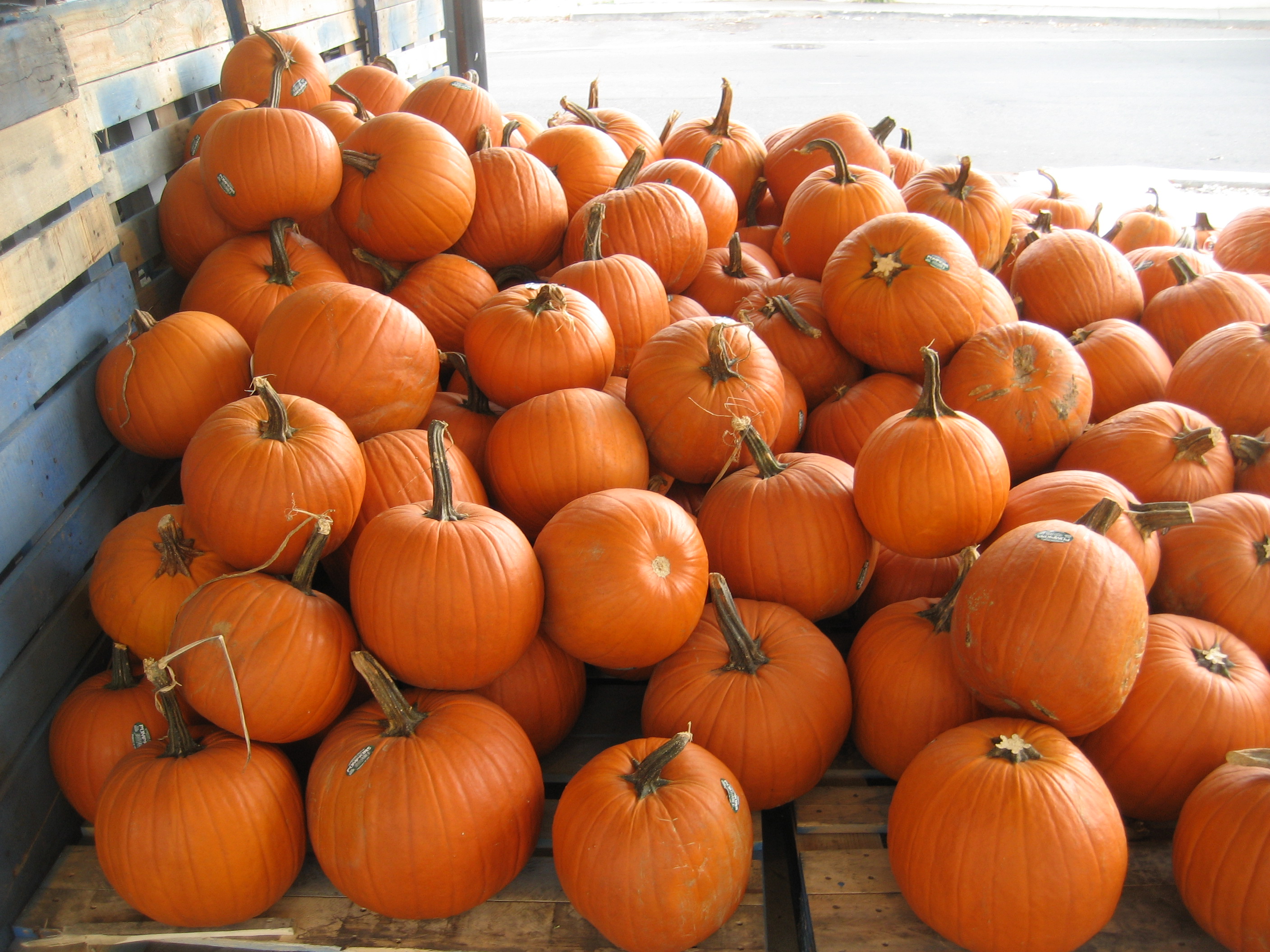
Eating any tomato-based foods, such as sauce and tomato juice, may help clear up acne. That's all thanks to an ingredient called lycopene, the phytochemical that makes tomatoes red. It helps boosts collagen strength and fights off the oxidizing effect of UV rays by eliminating skin-aging free radicals. Increasing dietary levels of lycopene helps to ensure the presence of this potent antioxidant in the skin, where it can protect from sun damage and make the skin smoother.

Carrots and sweet potatoes have beta carotene, a natural sun protectant, and are rich in vitamin A, which restores damaged collagen. Think of carrots as your very own wonder wands: good for the eyes and good for clearing up breakouts. No magic here, though—just plenty of beta-carotene and vitamin A, an antioxidant that prevents the overproduction of cells in the skin's outer layer. That means fewer flaky dead cells that otherwise could combine with sebum to clog your pores.

Blueberries are rich in antioxidants that help fight cell-damaging free radicals. Berries contain high amounts of plant compounds known as anthocyanins that have strong antioxidant properties and give the berries themselves their purple-blue appearance. As we age, our body's natural ability to fight off free radicals diminishes, which in turn leads to higher levels that can have a detrimental impact upon our skin cells. Blueberries also help boost the strength of collagen fibers.
![]()
Safflower oil is a good source of vitamin E, a major player when you're eating for glowing skin. This antioxidant vitamin plays a role in skin health by decreasing collagen breakdown, helping prevent and repair damage from UV exposure, and decreasing skin inflammation. The omega-6s found in safflower oil can be the ultimate moisturizer for people who suffer from dry, flaky, or itchy skin. They keep cell walls supple, allowing water to better penetrate the epidermis.

Oranges are one of the most well-known food sources of vitamin C, and they're one of the best fruits for glowing skin. This powerful antioxidant has been shown to protect the skin from oxidative stress including UV damage to the skin, stimulates the formation of the skin barrier, improves skin hydration, and improves wound healing.
![]()
To support the skin barrier, you need to be consuming sufficient amounts of healthy fats. Fish and fish oil is very beneficial for healthy glowing skin while reducing inflammation. Wild Alaskan salmon contains Astaxanthin and omega-3 fatty acids that impart a beautiful glow to the skin. Avoid farm-raised salmon, which is an entirely different food and is given dye pellets and has no astaxanthin.

Vitamin C is important for collagen production and, along with vitamin E, is an important antioxidant that can protect against free radical damage. It is also great for discoloration and can help reduce the appearance of wrinkles. Instead of grabbing an orange to get your dose, much on some vitamin C-rich yellow bell peppers. The more yellow and green vegetables the subjects ate, the less apt they were to have wrinkles and crows feet—even once they controlled for smoking and sun exposure.

Broccoli is another vitamin C-rich food that's great for achieving glowing skin. "[For] those with combination skin, I'd recommend cruciferous vegetables and antioxidant fruits," says Dr. Harold Lancer, MD, a California-based dermatologist who's worked with celebrities like Margot Robbie and Kim Kardashian. In addition to broccoli, other great cruciferous veggies include cauliflower, kale, and bok choy.

Add this melon to your fruit salad recipes for glowing skin. Vitamin A is also important for the health of your skin, so reach for dark green and orange fruits and veggies, such as cantaloupe, mango, pumpkin, sweet potatoes, kale, carrots, and spinach.

"Kale is a top choice as it reduces oxidative stress," says Dr. Lancer. This cruciferous veggie is loaded with the skin's favorite anti-aging vitamins A, C, E, and K. Leafy greens are one of the most potent sources of vitamin K, a vitamin that helps with blood clotting and faster healing when ingested.

Avocados are wonderful for adding hydration to skin and reducing inflammation. The fruit is rich in monounsaturated fatty acids, which have been proven to hydrate and shield the skin by lowering the risk of premature aging caused by ultraviolet radiation. Avocados' potent source of fats also helps you absorb many of the fat-soluble vitamins that also help protect your skin from sun damage. Healthy fats are important as anti-inflammatories and help maintain the skin's integrity and well as keeping it soft, supple, and moisturized.

Strawberries are another vitamin C-rich fruit to add to your diet if you want glowing skin. Fruits and vegetables contain vitamins, antioxidants, and other compounds that help build strong collagen and can even help protect against harmful UV rays. There is some research showing that eating more fruits and vegetables can help improve skin tone and texture.

"Kiwi fruit is rich in antioxidants, including vitamin C," says Dr. King. "Vitamin C is required in the pathway the body uses for making collagen."

Oysters might not be the first thing that comes to mind when you think about radiant skin—but they might after this! That's because oysters contain high levels of the trace mineral zinc. Your body might need a little of it each day, but zinc has a huge impact on cell functioning, as more than 100 different enzymes require it to function. And skin cells, in particular, rely on zinc to make the proteins that repair damaged tissues and regenerate new ones.

Protein-rich foods, such as egg whites, have lysine and proline, amino acids that form collagen. Egg yolks are rich in vitamins that are essential for proper cell function, as well as contain the "beauty vitamin," biotin. This B vitamin is more commonly known to help hair grow and strengthen fingernails, but research has shown it also helps protect skin from acne, rashes, and even dryness.

Chia seeds are another great source of omega-3s. "Omega-3 fatty acids help contribute to the skin barrier function. Eating these healthy fats helps to support the skin barrier," Dr. King says.

A study in the journal Evolution and Human Behaviour showed eating a diet rich in fruits and vegetables gives a healthier, more attractive, and more radiant glow than you would get from sun exposure. Few foods are as rich in the beauty stuff as a baked sweet potato. In fact, just half a medium potato provides 200% of your daily recommended intake. You'll get more carotenoids by cooking—it's just one of our tips on how to extract the most nutrients from your food!

Potatoes sometimes get a bad rep, but they're full of nutrients like vitamin C. They just might be the most delicious way to get that glowing skin you're looking for!

spinach as a good source of both vitamin A and vitamin C. people who ate the highest amount of leafy greens prevented squamous cell carcinoma of the skin. Researcher speculates that the high levels of folate, an essential B vitamin that helps maintain and repair DNA, in these veggies may reduce the likelihood of cancer-cell growth. Just a single cup of spinach contains 65% of your DV of folate.

Pumpkin is a good source of vitamin A, and contrary to what Starbucks would have you believe, it's delicious year-round. Try one of our dozens of pumpkin recipes if you're not sure where to start.